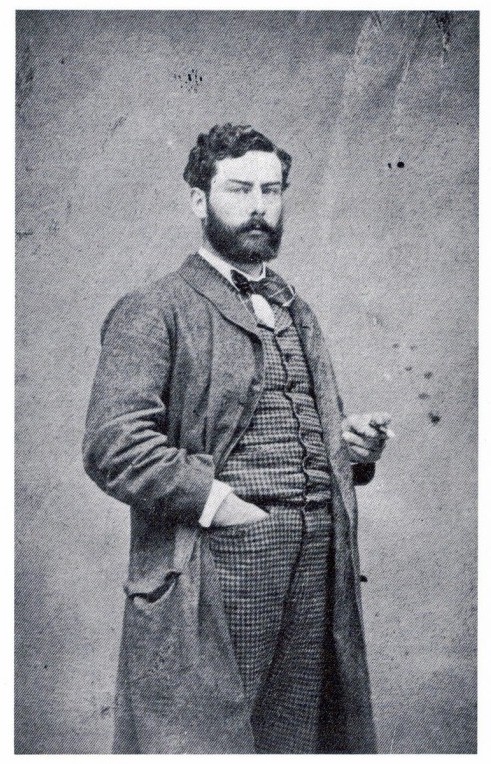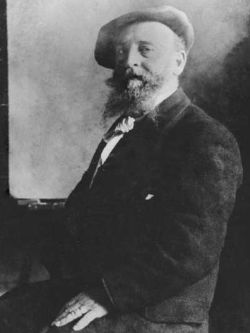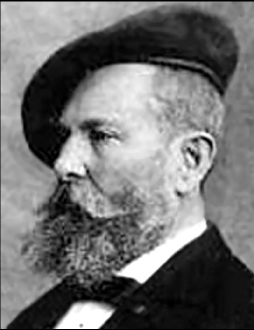
1839 - 1899
Alfred Sisley

description
Alfred Sisley is a key representative of French Impressionism, whose talent was primarily manifested in landscapes. Together with like-minded people, he organized the Impressionist community, participated in all the first exhibitions and “Plein airs”. He did not become as successful, famous and popular as Monet and Renoir. Many of his works were lost during the Franco-Prussian War when the artist was forced to flee Paris and leave all his belongings behind.
Key ideas:
– The works of the artist are distinguished by romanticism, calmness, and musicality. They are mostly are landscapes, which depict the quiet corners of France.
– The artist was interested in playing with light and shadow, and with the finest features of natural states. He tried to catch the slightest whiff of a breeze or the waving of a watery surface and conveyed them with the help of his signature artistic methods.
– Sisley often depicted the same landscapes under different weather conditions and at different times of the year, so as to reflect the naturalness of the surrounding world as accurately as possible.
He has dedicated to the ideas of Impressionism his whole life. Unlike his colleagues, he never changed his manner of painting, and never experimented with shapes or colours. The conciseness of his compositions and conservative use of the colour scale make his pictures rather simple and unusually holistic.
1839
1857
1860
1867
1871
1873
1884
1899
The birth of the artist
Fascinated by painting

Visited the famous school and workshop of Charles Gleyre

The Salon de Paris rejected Sisley’s paintings

The beginning of the most fruitful creative period

The impressionist exhibitions

His style changed somewhat, becoming lighter

The death

Alfred Sisley
On Artist
flow
Romanticism
friends
Frederick Basile
Oscar-Claude Monet
Camille Pissarro
Pierre Auguste Renoir
Gustave Caibotte
artists
Charles Glare
Gustave Courbet
William Turner
John Constable
Richard Parks Bonington
Camille Corot
Eugene Boudin
Henri Rousseau
Thomas Gainsborough
By Artist
flow
Post-Impressionism
Cubism
friends
Frederick Basile
Camille Pissarro
Oscar-Claude Monet
Pierre Auguste Renoir
Gustave Caibotte
artists
Andre Derain
Henri Matisse
Vincent van Gogh
Paul Gauguin
Gustave Caibotte
Francis Picabia
